Top 10 Essential Italian Hand Gestures for Italian Language Learners
Italians often use hand gestures as an alternative form of communication. Hand gestures form an important part of Italian communication and, in particular, are vital to understanding colloquial Italian and Italian idiom.
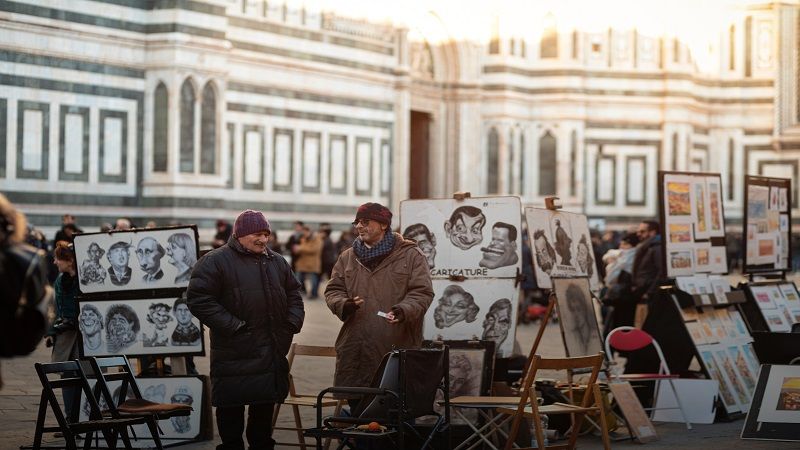
Italians often use hand gestures as an alternative form of communication. There are about 250 of these gestures, which can get rather confusing for Italian language learners, so, in this article we have tried to simplify things so that you can learn a 11 of the most essential Italian hand gestures.
These hand gestures developed as a means of communication after the fall of the Roman Empire when Italy experienced an influx of peoples (the Carolingans, Normans, Visigoths, Arabs, Germans, French and Austrians) who couldn't speak a common language, and have stuck around ever since. They form an important part of Italian communication and, in particular, are vital to understanding colloquial Italian and Italian idiom and Italian Vocabulary. Moreover, they give us an important insight into Italian culture (which is very useful if you want to travel to Italy).
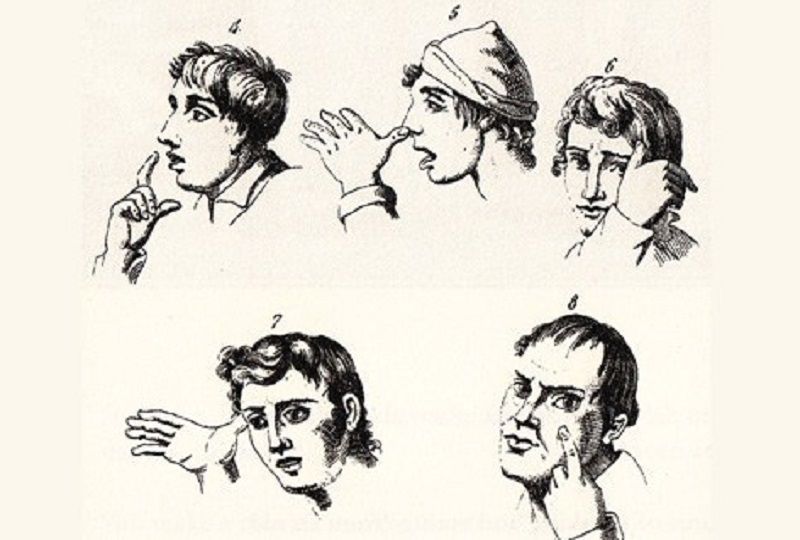
"Family-friendly" Gestures
These first four gestures are ones that are neither particularly rude, nor have hidden meanings.
1. The finger purse
The "finger purse" is the most well known Italian hand gesture, so well known that it has its own emoji:
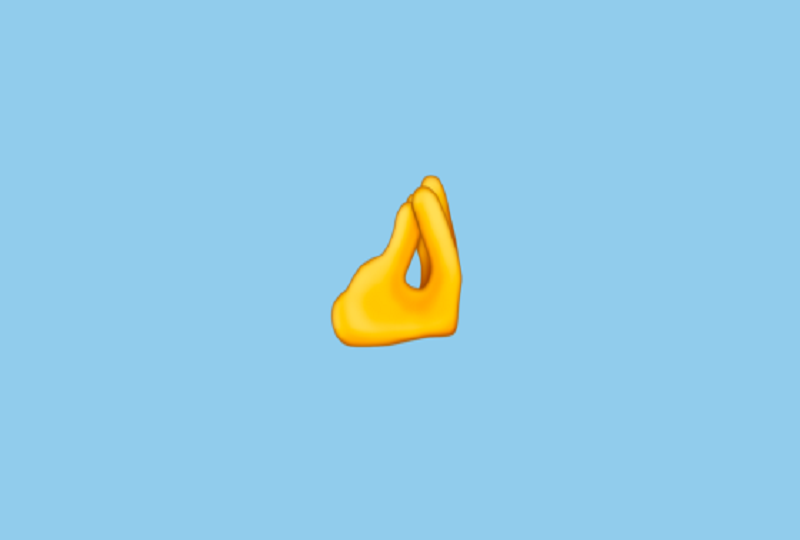
Italian uses it as a general exclamation of annoyance, exasperation or confusion and can mean Ma che vuoi? ("But what do you want?"), Ma che fai? ("But what are you doing?"), Ma che dici? ("But what are you saying?") and express questions in general (i.e. dove, "where", chi, "who", perché, "why").
You can perform it by pressing the thumb against the other fingers and holding the hand upwards.
2. The buono/"yum" gesture
Italians, especially children, use the buono gesture to say that a meal is delicious, buono. You can use the gesture in restaurants (except in very fancy ones).

You do the buono gesture by poking your index finger into your cheek.
3. The perfetto gesture
The perfetto, "perfect", gesture shows you think something's perfect.
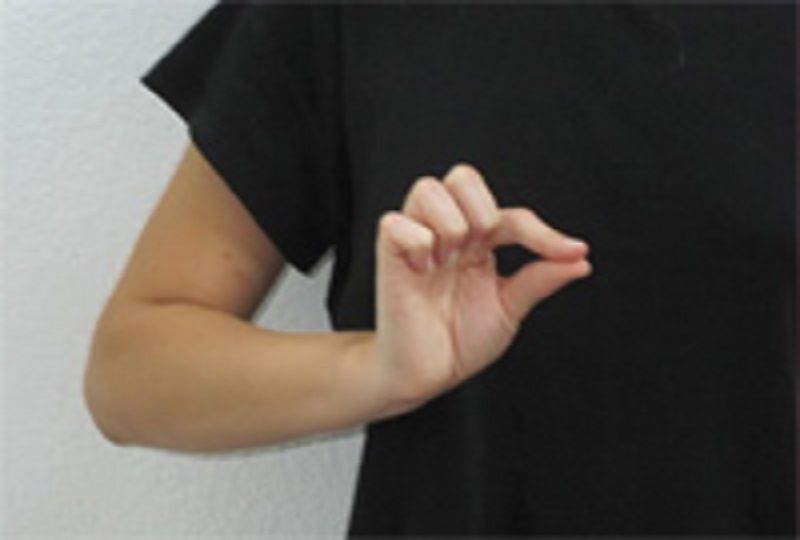
You can do it by putting your index finger and thumb together and drawing an imaginary line in the air, as if you are pulling closed a zip.
4. The basta gesture
The basta gesture means basta!, "enough!"

You do it by crossing and uncrossing your arms on a flat plane level with your chest.
Ruder gestures
Many Italian hand gestures, including these seven, are simply the equivalent of swearing or giving the finger, involve jokes around genitalia, or are rude or offensive in some other way. It goes without saying that these shouldn't be used in more formal situations.
5. Uffa che palle
There is a ruder way of saying basta ("enough"), which is this gesture meaning Uffa che palle!, "Uggh, my balls!". It implies that the other person has gone on so long that your testicles are about to explode.

To form it, you hold your hands apart as if you are holding two very heavy balls.
6. Chin flick
The chin flick means Non me frega!, "I don't care" or "I don't give a damn".
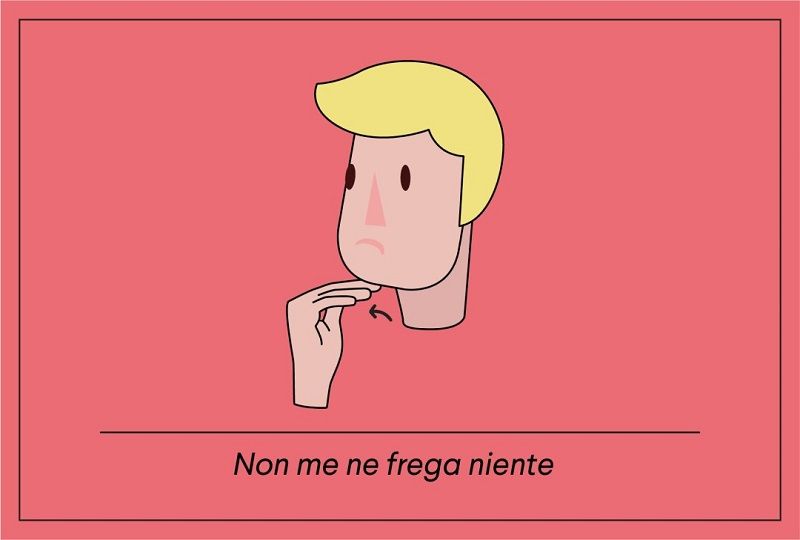
You can do this by flicking the fingers out from under the chin.
7. Ombrello
The ombrello ("umbrella") gesture is one way of saying "f-ck off", "get lost", or in Italian, vaffunculo.
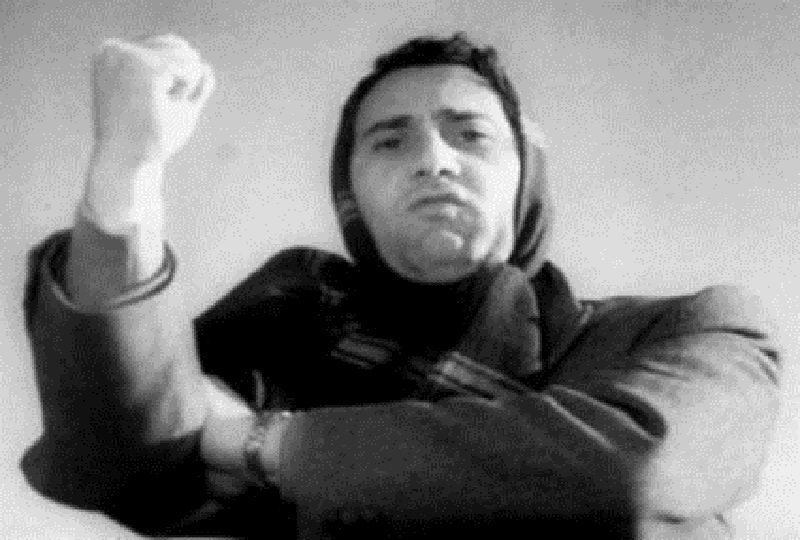
You can perform it by "making an umbrella" by making a fist with one arm, and slapping the upper arm with the other hand.
8. I'll make your ass this big!/Ti faccio un coso così!
Another way of saying f-ck off is this gesture which implies that you will kick the other person so hard, their buttocks will end up as far apart as your hands. The accompanying phrase is Ti faccio un coso così!, "I'll make your ass this big!" (literally: "I'll make you a thing like this").
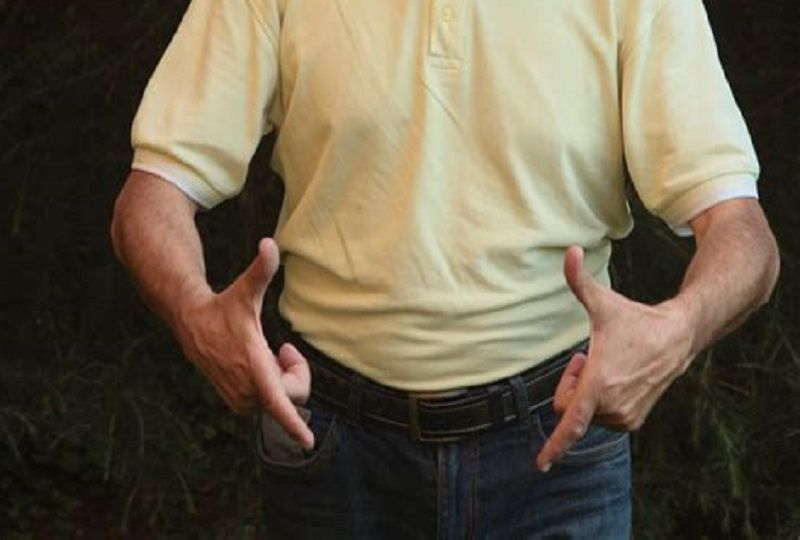
You can perform this gesture by putting your hands about hip-width apart and opening up your thumb and index finger, to show just how far apart your addressees buttocks will be once you are finished with them.
9. Occhio/Eyelid pull
The eyelid pull (also known as occhio, "eye") means stai attento, "be careful", "watch out" or even "I'm watching you (so don't try anything)".
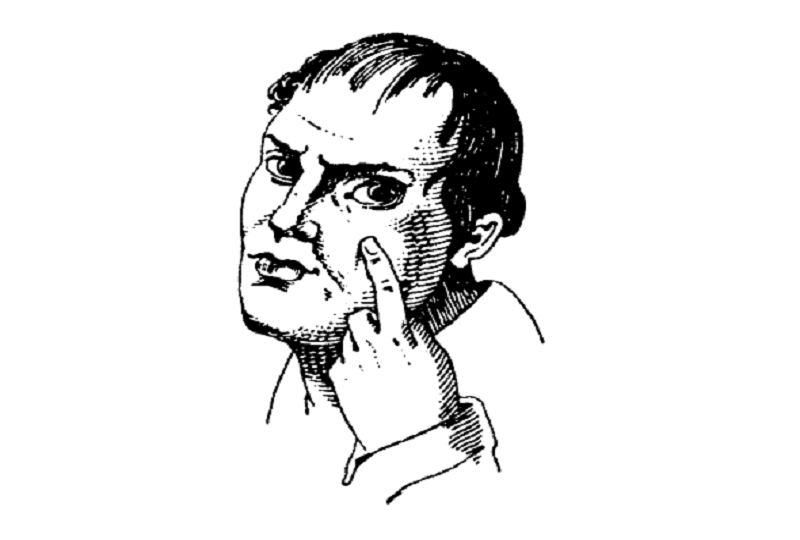
To do it, you put your index finger below your eye, pull the eyelid down a little, tilt your head and glare at the other person. It is not to be confused with a similar gesture used with a smiling expression which means "you think you're smart" or (unsarcastically) "you're smart".
Be careful doing this one in Sicily as it has Mafia overtones.
10. Hand biting
The hand biting gesture means "when I catch you, I'll kill you" (or, in the Sicilian dialect, si t'anacagliu), and can be used in a variety of ways: from fed up mothers to their children, but also from men to women they are pursuing.
You do it by biting your hand as if it's a sandwhich, usually with the palm open.

Bonus Gesture: The Horns
The horns gesture, the mano cornuta, is not just a gesture but a wider part of Italian culture. Italians fare le corna (literally, "to make the horns") to ward off the evil eye, the malocchio, in situations involving bad luck (or the potential for it), or someone insulting your friends or family.
You can forms the horns gesture, by raising the index and pinky finger with the rest of the hand formed into the fist, with the hand pointed downwards.
Make sure the hand points downwards, because pointing the hand upwards or towards someone has a completely different meaning: it invokes the evil eye or implies that the other person's partner is cheating on them (the corna also symbolises the horns (cornuti) of a cuckhold). However, the gesture can also be used in traffic jams and simply to tell someone to f-ck off.

You can also find the horns gesture as a lucky charm, usually made out of gold, silver, or blood coral because of their supposed magic properties.
A cruder way of warding off the evil eye is grabbing the testicles (for men) or the breast for women which stems from the association with the evil eye with infertility. Though this version is used, Italians do consider it a bit coarse.
Conclusion
Italian hand gestures are very useful for Italian language learners to know and if you can manage to learn just a few essential Italian gestures, such as those in this article, you will improve your ability to converse with Italians and travel in Italy. You might also learn a thing or two about Italian culture.
